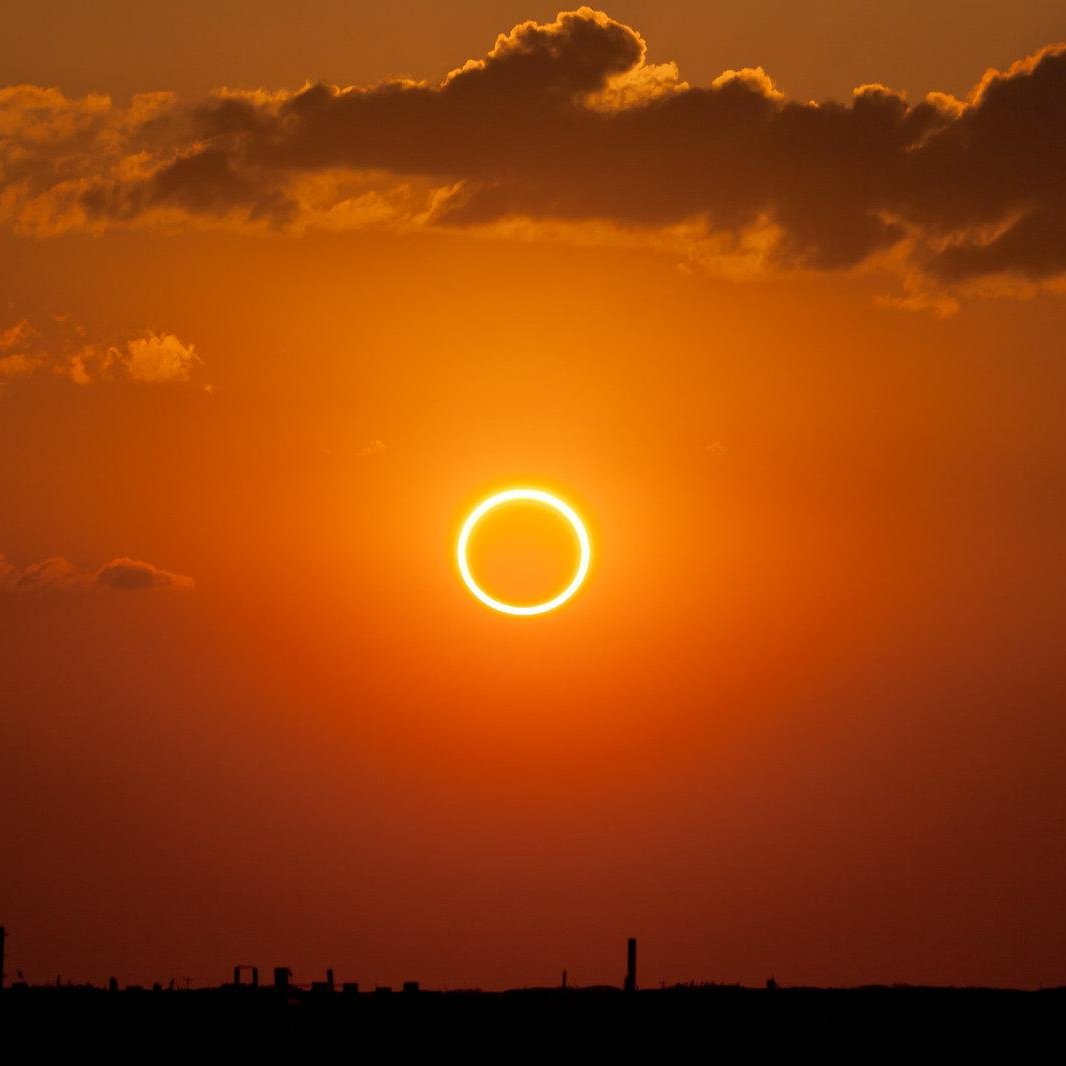
Total Solar Eclipse 2024: A solar eclipse is an astronomical event in which the Moon completely or partially obscures the Sun’s light as it moves between the Earth and the Sun.

A complete solar eclipse that will transform day into night over North America on April 8 is expected to provide skywatchers with an amazing astronomical show. Though they are only seen from a few places, total eclipses are spectacular and cause the sky to go dark. This is the reason why seeing an eclipse is sometimes referred to as a once-in-a-lifetime event.
Sunflower Eclipse: What Is It?
An astronomical event known as a solar eclipse occurs when the Moon moves in front of the Earth and the Sun, partially or completely blocking its light.
Earth is shadowed by the moon when it fully obscures the sun, creating a “path of totality.” This is a band that travels across the surface that is rather narrow. As long as the clouds and weather agree, anyone standing inside this zone can see a total solar eclipse. It will get dark in the sky, as if it is dawning or dusk, in the path of totality, where the Moon totally obscures the Sun.
People will only observe a partial eclipse if they are not on that line, or the path of totality. Depending on how much the Moon obscures the Sun where they are, the sky will appear to them to be a little bit darker than it was before the eclipse.
Date and timing of the total solar eclipse:
April 8 is when the 2024 total solar eclipse will happen. Over a 185-kilometer area between Mexico, the US, and Canada, viewers will be able to witness totality, or the complete darkening of the sky. It will be viewed in up to eighteen different US states. But Indian skywatchers won’t be able to see it.
The complete solar eclipse is scheduled to commence at 9:12 pm on April 8, reach totality at 10:08 pm, and conclude at 2:22 am on April 9, 2024, in accordance with Indian Standard Time (IST). At approximately 11:07 am PDT, the Pacific coast of Mexico will be the first to see totality, and the phenomenon will depart Maine at approximately 1:30 pm PDT.
Length of Total Solar Eclipse
Totality will last for approximately four minutes, although the entire event will last about 2.5 hours. In the path of complete darkness, NASA estimates that the greatest spectacle might endure up to 4 minutes and 27 seconds.
“As per Great American Eclipse, on August 21, 2017, the duration of totality will be nearly twice as long, up to 4 minutes and 27 seconds.” The majority of locations along the path of totality, or the centerline, will see totality for three to four minutes.

How Can I See the Eclipse Safely?
The surface of the Sun is so brilliant that staring at any small area of it can cause individual retinal cells to be damaged. During its partial stages, sky watchers worldwide are encouraged to wear protective eyewear, such as authorized eclipse glasses. If you don’t, you risk burning the retinas in your eyes, which might result in irreversible damage or even blindness.
Is It Possible To View A Total Solar Eclipse Online?
Watch NASA’s live feed if you are unable to see the solar eclipse in person. April 8 at 5:00 pm GMT (10:30 pm IST) is when the space agency’s live stream will begin, and it will run until 8:00 pm GMT (1:30 am IST).

Along the eclipse path, NASA will be offering telescope views of the eclipse from multiple locations during the broadcast, as well as sharing conversations with experts.
https://x.com/Fighter_4_Human/status/1777229541536366630



















